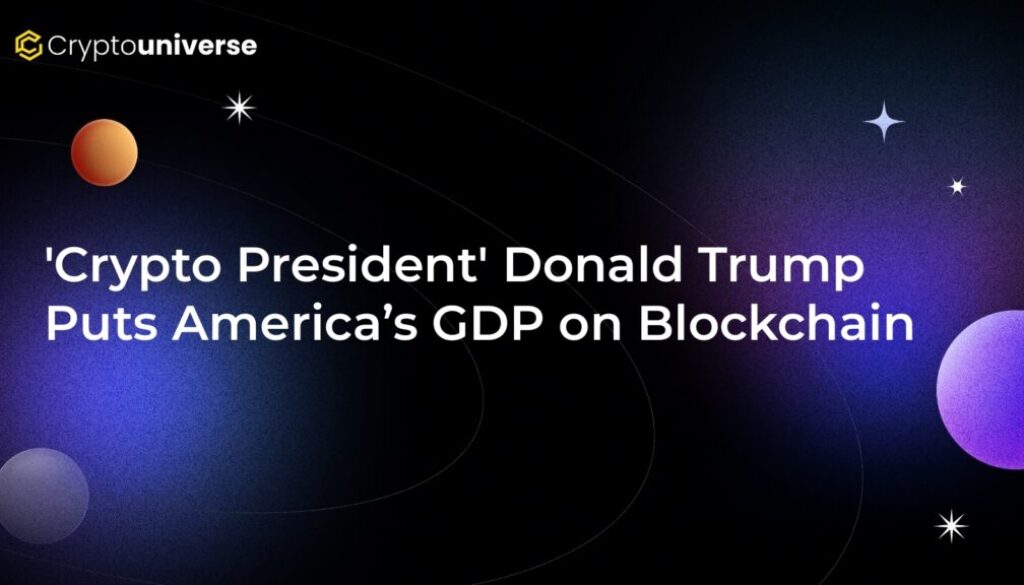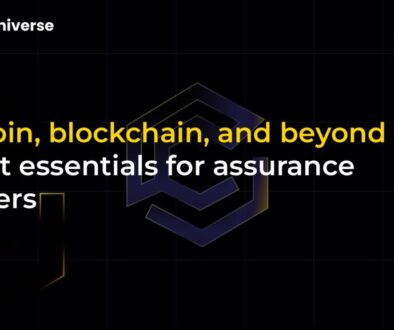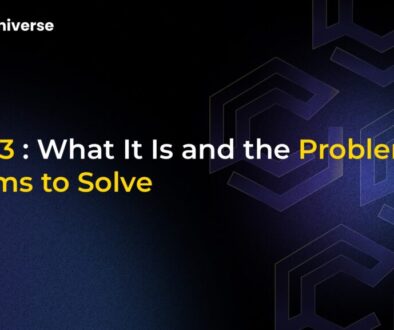‘Crypto President’ Donald Trump Puts America’s GDP on Blockchain

A New Era for Economic Data: US GDP Goes On-Chain
In a move that is sending shockwaves through both Washington D.C. and the digital asset world, the United States has officially begun publishing its Gross Domestic Product (GDP) data directly onto the blockchain. This unprecedented step, championed by an administration doubling down on its pro-crypto stance, marks a historic convergence of traditional government functions and decentralized technology.
The announcement confirms President Donald Trump’s commitment to integrating digital assets into the fabric of the American economy, solidifying his moniker as the “Crypto President.” This isn’t just a symbolic gesture; it’s a functional overhaul that could permanently alter how markets, developers, and the public interact with crucial economic indicators.
This landmark decision, where <'Crypto President' Donald Trump Puts America’s GDP on Blockchain>, signals a clear intent to leverage the inherent transparency and immutability of distributed ledger technology at the highest level of government.
What Just Happened? From Political Promise to On-Chain Reality
The initiative is being spearheaded by the U.S. Department of Commerce. In a statement that echoed through the crypto community, a key administration official revealed the motivation behind the move, stating, “The Department of Commerce is going to start issuing its statistics on the blockchain, because you are the crypto president. And we are going to put out GDP on the blockchain so people can use the blockchain for data distribution.”
This isn’t a test run on a private, permissioned ledger. The initial rollout is ambitious, broadcasting the data across nine different blockchains simultaneously. The list includes the two largest and most significant networks in the ecosystem:
- Bitcoin: The original and most secure blockchain.
- Ethereum: The leading platform for smart contracts and decentralized applications.
By publishing on multiple public chains, the administration is ensuring the data is widely accessible, censorship-resistant, and available for integration by a global community of developers and financial analysts.
The Technology Powering Government Transparency
So, how does a government statistic like GDP actually get onto nine different blockchains securely and reliably? The answer lies in the crucial role of blockchain oracles.
Oracle networks act as secure bridges between real-world data and the blockchain. In this case, leading oracle providers like Chainlink and Pyth are being utilized to fetch the official GDP data from the Department of Commerce and broadcast it on-chain. This process ensures the data is tamper-proof from the moment it leaves the government’s servers to the moment it’s recorded on the distributed ledger.
Why is this so significant?
For decades, economic data has been released through traditional press releases and government websites. This system is prone to delays, revisions, and centralized points of failure. Putting GDP on-chain offers three revolutionary benefits:
- Immutability: Once the data is on the blockchain, it cannot be altered or deleted. This creates a permanent, auditable record of the nation’s economic performance.
- Accessibility: Anyone, anywhere in the world, can access this data in real-time without needing to trust an intermediary.
- Composability: This is the true game-changer for the crypto world. The data is now machine-readable and can be directly integrated into smart contracts.
A Paradigm Shift for DeFi and Global Finance
The ability for decentralized applications (dApps) to programmatically access official U.S. GDP data opens a new frontier for financial innovation. Imagine the possibilities:
- Next-Generation Stablecoins: Assets that algorithmically adjust their value or monetary policy based on real-time economic growth.
- Automated Insurance Products: Parametric insurance contracts that automatically pay out based on economic downturns verified by on-chain GDP figures.
- Advanced Prediction Markets: Decentralized markets where users can bet on future economic outcomes with unprecedented accuracy.
- Dynamic Lending Protocols: DeFi lending and borrowing rates that automatically respond to the health of the U.S. economy.
This move fundamentally enhances market efficiency. Traders and algorithms no longer have to rely on news feeds or API scrapes; they can now react to a single, undisputed source of on-chain truth.
“Maybe we’ll wipe out the $35 trillion U.S. debt using crypto. I’ll just write on a small piece of paper: ‘$35T in crypto — no more debt.’ That’s how I like it.”
While some of the President’s statements on crypto are characteristically bombastic, the underlying policy action is profoundly serious. This initiative is a concrete step towards building more transparent, efficient, and open financial systems.
The Road Ahead: Questions and Considerations
Despite the excitement, this historic move also raises important questions. The most critical among them is: Who controls the “economic truth” before it hits the chain?
While the blockchain ensures the data cannot be tampered with after publication, the initial input still comes from a centralized government source. The integrity of the entire system relies on the accuracy and honesty of the data provided by the Department of Commerce.
Furthermore, the immediate, programmatic reaction of markets to this data could introduce new forms of volatility. As automated systems begin to trade on real-time GDP figures, the speed of market movements could accelerate dramatically.
Regardless of these challenges, one thing is certain: the line between the state and the blockchain has been irrevocably blurred. The United States has fired the starting gun on a new race—one where national data is transparent, verifiable, and programmable. The world is watching to see who follows.


